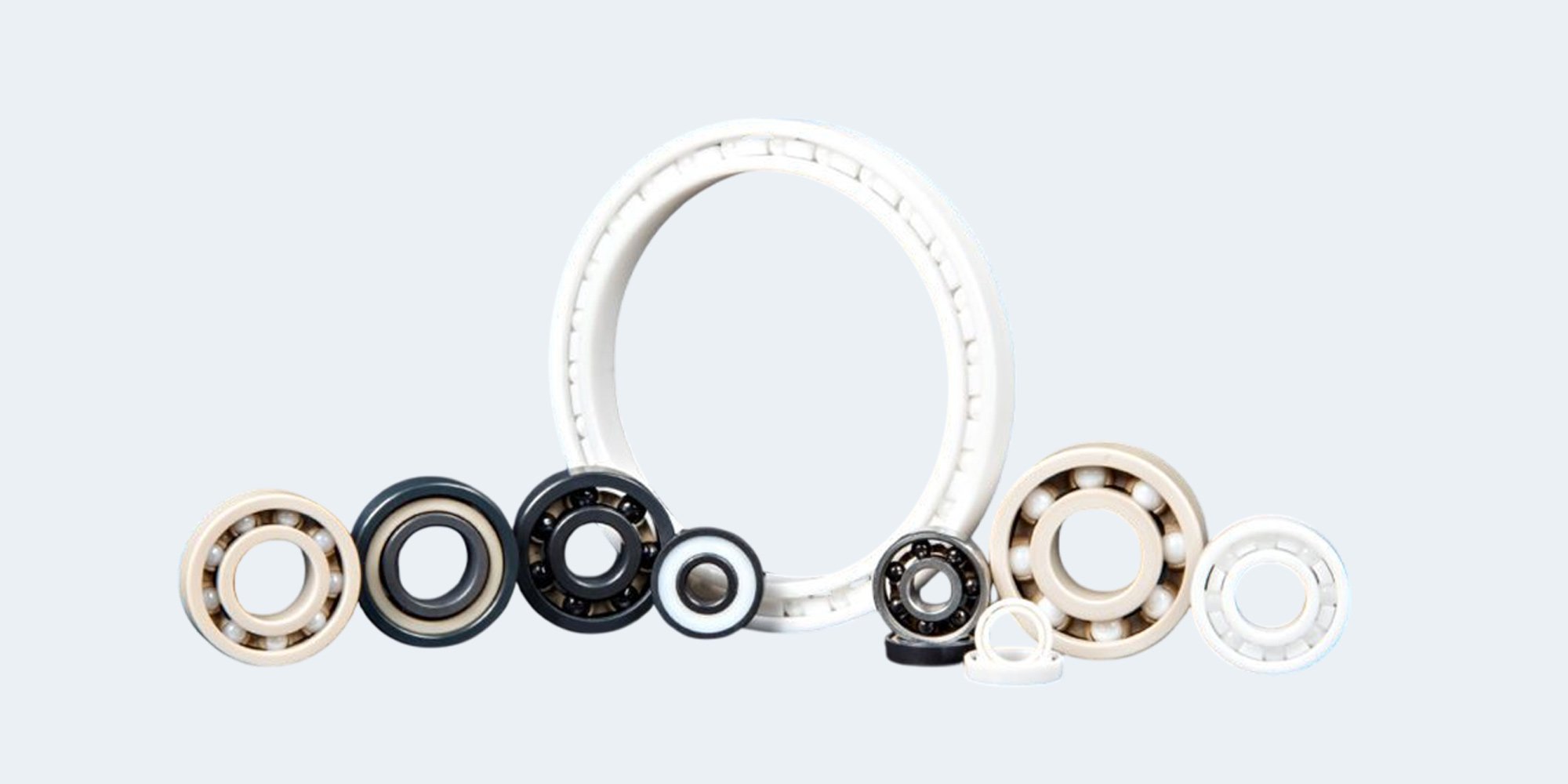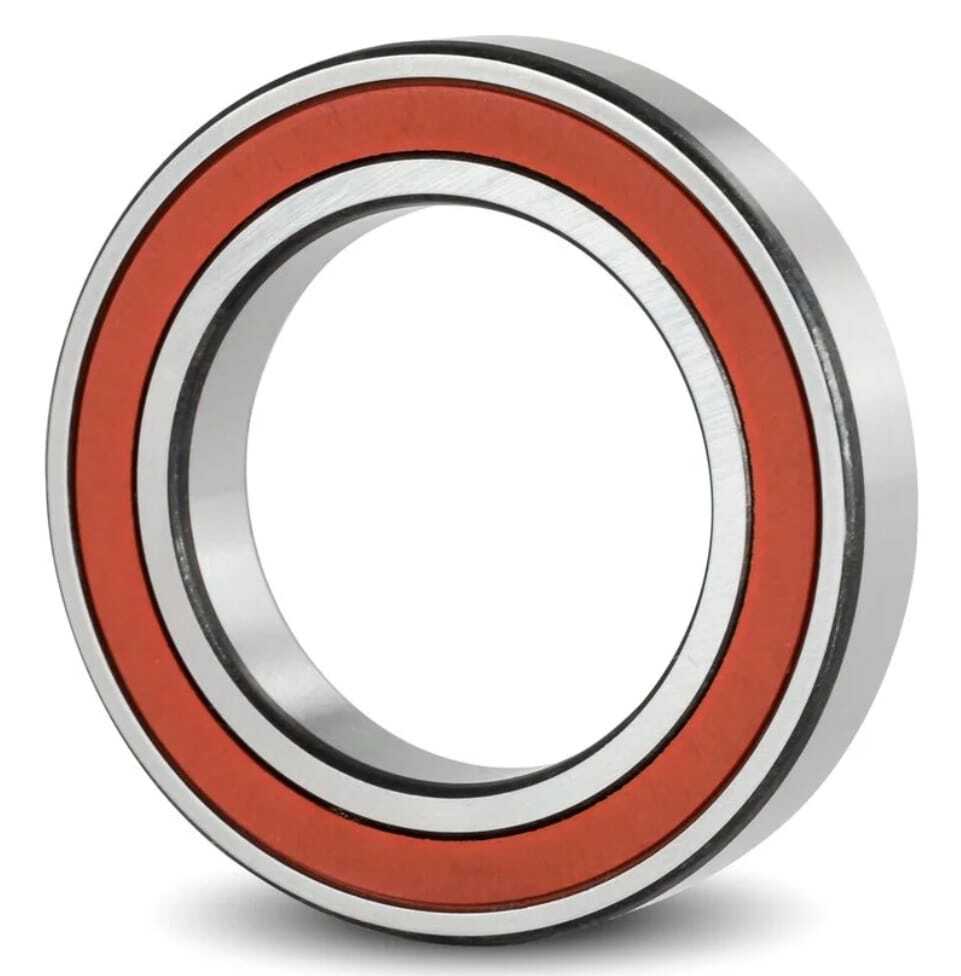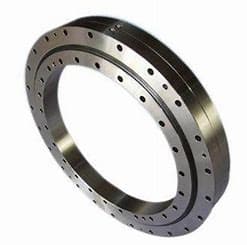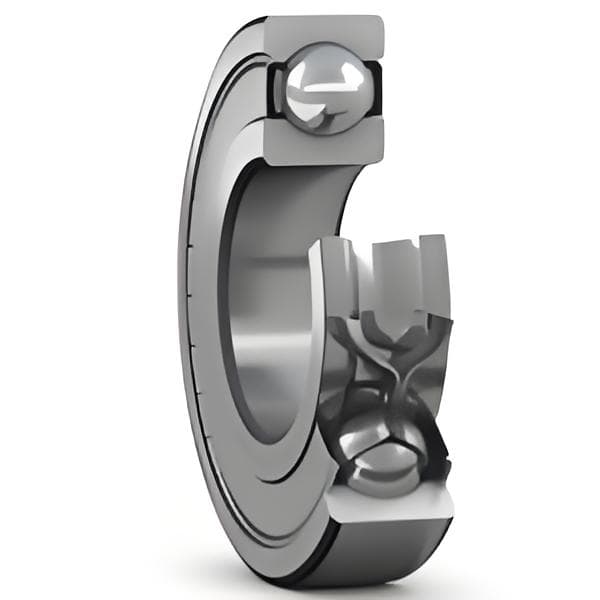A Guide on Dental Bearings
Dental bearings play a vital role in dental handpieces, affecting their performance and lifespan. For dental professionals, it's important to...

Ceramic bearings reduce friction in cycling parts like wheels, bottom brackets, and hubs. This provides smoother and more efficient motion.
Ceramic bearings have gained increasing interest among cyclists because their high performance. They offer unique advantages over traditional steel bearings.
Ceramic ball bearings offer key benefits like reduced rolling resistance, which improves efficiency and speed. They are also more durable, lasting longer with less maintenance.
Additionally, they enhance overall performance by providing smoother and more consistent motion.
This blog explores whether ceramic bearings are truly beneficial for cyclists. It examines their advantages and potential impact on performance.
Ceramic bearings use ceramic balls instead of steel ones, reducing friction and improving performance.
They have ceramic balls and races, which are the tracks the balls roll on, and these races can be made of steel or ceramic.
Full ceramic bearings use ceramic materials for both the balls and the races. This makes them highly durable, corrosion-resistant, and lightweight.
However, they are generally more expensive and may not handle heavy loads as well as hybrid bearings.

Hybrid ceramic bearings, on the other hand, have ceramic balls but use steel for the races. This combination offers a balance of improved performance and reduced friction.
At the same time, it maintains good strength and load-bearing capacity, while being more cost-effective.

In high-speed applications, ceramic bearings are often perceived to provide significant performance benefits because their unique properties.
Ceramic bearings have a smoother surface compared to steel bearings. This helps reduce friction between the rolling elements (balls) and the races.
This smoothness results in less resistance to movement, allowing the bearing to spin more freely and efficiently.
When friction is reduced, less energy is wasted in the form of heat, which improves overall performance and efficiency.
Ceramic bearings reduce friction by up to 50% compared to steel bearings, leading to energy savings.
Ceramic materials, like silicon nitride used in bearings, are much harder than steel.
They often have a hardness of 9 on the Mohs scale, while steel ranges from 4 to 6.
This exceptional hardness makes ceramic bearings highly resistant to deformation, scratching, and damage under pressure.
Ceramic bearings wear much less than steel bearings because their smooth surface and lower friction. This reduces heat buildup and prevents surface damage like pitting or grooving.
These properties give ceramic bearings a longer lifespan and better durability. They are ideal for high-speed, high-load situations where steel bearings would wear out faster.
Ceramic bearings are highly resistant to rust and corrosion, making them particularly useful in wet or humid conditions.
Unlike steel bearings, which rust when exposed to moisture or water, ceramic materials do not react with water.
They are also resistant to other corrosive substances. This corrosion resistance comes from the inert nature of ceramic materials like silicon nitride. They do not rust, degrade, or corrode, even in harsh environments.
As a result, ceramic bearings stay effective and last longer in conditions like rain, high humidity, or saltwater.
In contrast, steel bearings would quickly be damaged in these environments. This makes them an excellent choice for cyclists, marine equipment, and other applications where exposure to moisture is common.
Ceramic bearings are lighter than steel bearings because ceramic materials have a lower density.
This weight reduction helps improve performance by making it easier to accelerate and decelerate quickly.
For cyclists, this means less effort is needed to maintain speed, especially when climbing or sprinting. As a result, the ride becomes smoother and faster.
|
Cyclist Type |
Competitive Cyclists |
Casual Cyclists |
|
Marginal Gains |
Reduced friction and improved efficiency for a smoother ride and slight speed increase, beneficial for performance boosts in races |
Smoother ride feel, but minimal impact on overall speed or experience, with marginal gains often subtle on shorter, leisurely rides |
|
Cost-Benefit |
Despite the high cost, ceramic bearings offer long-term value through durability, low maintenance, and potential performance advantages |
Ceramic bearings are expensive with limited performance benefits. Steel bearings offer enough durability and smoothness for everyday use at a lower price. |
|
Suitability Summary |
Ideal for competitive cyclists seeking peak performance improvements |
Steel bearings are more suitable, as ceramic bearings’ investment doesn’t match the performance needs |
Ceramic materials, especially silicon nitride, are harder but more brittle than steel.
On rough roads or trails, impacts from potholes, rocks, or sudden jolts can crack or chip ceramic balls. This can lead to faster wear or bearing failure.
|
Aspect |
Ceramic Bearings |
Steel Bearings |
|
Material |
Made from silicon nitride or other ceramics, harder and more wear-resistant than steel. |
Made from high-carbon steel or stainless steel, more flexible and durable under shock. |
|
Performance |
Low friction, ideal for high-speed and low-impact applications, providing smoother and faster performance. |
Higher friction than ceramic but performs well under heavy loads and varying conditions. |
|
Lifespan |
Long-lasting in corrosion-prone or high-heat environments, but brittle and may crack under heavy loads or impacts. |
Typically, steel bearings have a shorter lifespan for wear resistance but are more robust under shock and high-load conditions. |
|
High-Quality Steel vs. Low-Quality Ceramic |
High-quality ceramic bearings offer excellent performance, but low-quality ceramics may wear out faster and fail under impact. |
High-quality steel bearings often outperform low-quality ceramic bearings, offering better durability and performance under stress. |
|
Best For |
High-speed, low-impact, and low-friction applications like racing or precision equipment. |
Rough conditions, high-load environments, and situations where durability and shock resistance are critical. |
For casual riders, the advantages of ceramic bearings are limited.
While ceramic bearings provide smoother performance, the difference in speed and comfort is often minimal. For everyday riding, these benefits are usually too subtle to notice.
The high cost of ceramic bearings might not be worth the small benefits. Casual riders usually don’t ride at high speeds or in tough conditions that need ceramic bearings.
|
Aspect |
Ceramic Bearings |
Steel Bearings |
|
Advantages |
- Low friction for smoother, faster performance. |
- More affordable than ceramic bearings. |
|
|
- Lightweight, reducing overall bike weight. |
- Durable and impact-resistant, suitable for rough terrain. |
|
|
- Long-lasting in corrosion-prone conditions. |
- Well-suited for high-load or shock-heavy applications. |
|
|
- Efficient at high speeds, ideal for racing or time trials. |
- Easier to maintain and replace. |
|
Disadvantages |
- Brittle, prone to cracking under impact or rough terrain. |
- Higher friction than ceramic, less efficient at high speeds. |
|
|
-They are costly and may not offer enough value for casual riders.. |
- May corrode over time, especially in wet conditions. |
|
Best For |
- Competitive cyclists, time-trialists, and high-performance riders. |
- Riders who cycle casually, commuters, and those with a limited budget. |
|
Recommendations |
- Worth the investment for riders seeking performance in high-speed settings. |
- Great choice for those who prioritize durability and cost-effectiveness. |
|
|
- Suitable for riders who can maintain bearings properly. |
- Coated or hybrid options offer a middle ground for performance and cost. |
For most cyclists, ceramic bearings may not be worth the cost. However, they can be beneficial for those involved in high-performance cycling, where every small gain in efficiency counts.
Ceramic bearings do not require special maintenance, but they do have some care guidelines to ensure they last longer and perform at their best.
For most cyclists, ceramic bearings may not be worth the cost unless they are involved in high-performance cycling (e.g., competitive racing or time-trials) where every small gain in efficiency counts.
Ceramic bearings offer benefits like lower friction, lighter weight, and better durability. These advantages make them ideal for competitive cyclists who need every performance edge.
However, they are brittle and expensive, with the gains being minimal for casual riders. For most cyclists, steel or hybrid bearings are a more affordable and practical choice.
If you want to learn more about ceramic bearings, please contact LILY Bearing.

Dental bearings play a vital role in dental handpieces, affecting their performance and lifespan. For dental professionals, it's important to...

Curious about maintaining ceramic bearings? Questions like “What makes ceramic bearings better?”, "What can I use to clean ceramic bearings?" or...

Dental handpieces play an important role in dental procedures. Dental bearings ensure precise performance, extend the handpiece's lifespan, enhance...